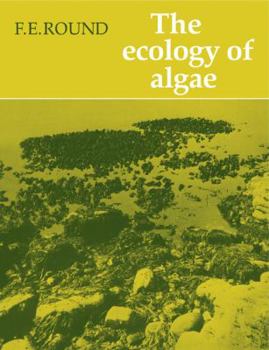< Back to Search Results
The Ecology of Algae
Select Format
Select Condition 
Book Overview
After an introduction outlining the chemical and physical characteristics of the environment, the book goes on to look at the actual habitats in which algae occur. The communities of the individual habitats such as open water, sediments, rocky shores, coral reefs, hot springs, sea ice, soil, etc., are then discussed with special phenomena highlighted, for example rhythmic activity, nitrogen fixation and buoyancy. There are also chapters on seasonal cycles of algal growth, energy flow, geographical dispersion, palaeo-ecology and contribution to sediments. The importance of algae in symbiotic relationships and their considerable significance to animal grazers in aquatic food chains are also discussed. The final chapter deals with the relationships of algae to eutrophication and pollution of water. This is an important aspect, which can only be understood through an appreciation of algal ecology.
Format:Paperback
Language:English
ISBN:0521269067
ISBN13:9780521269063
Release Date:March 1984
Publisher:Cambridge University Press
Length:664 Pages
Weight:2.57 lbs.
Dimensions:1.3" x 7.4" x 9.7"
Customer Reviews
0 rating





